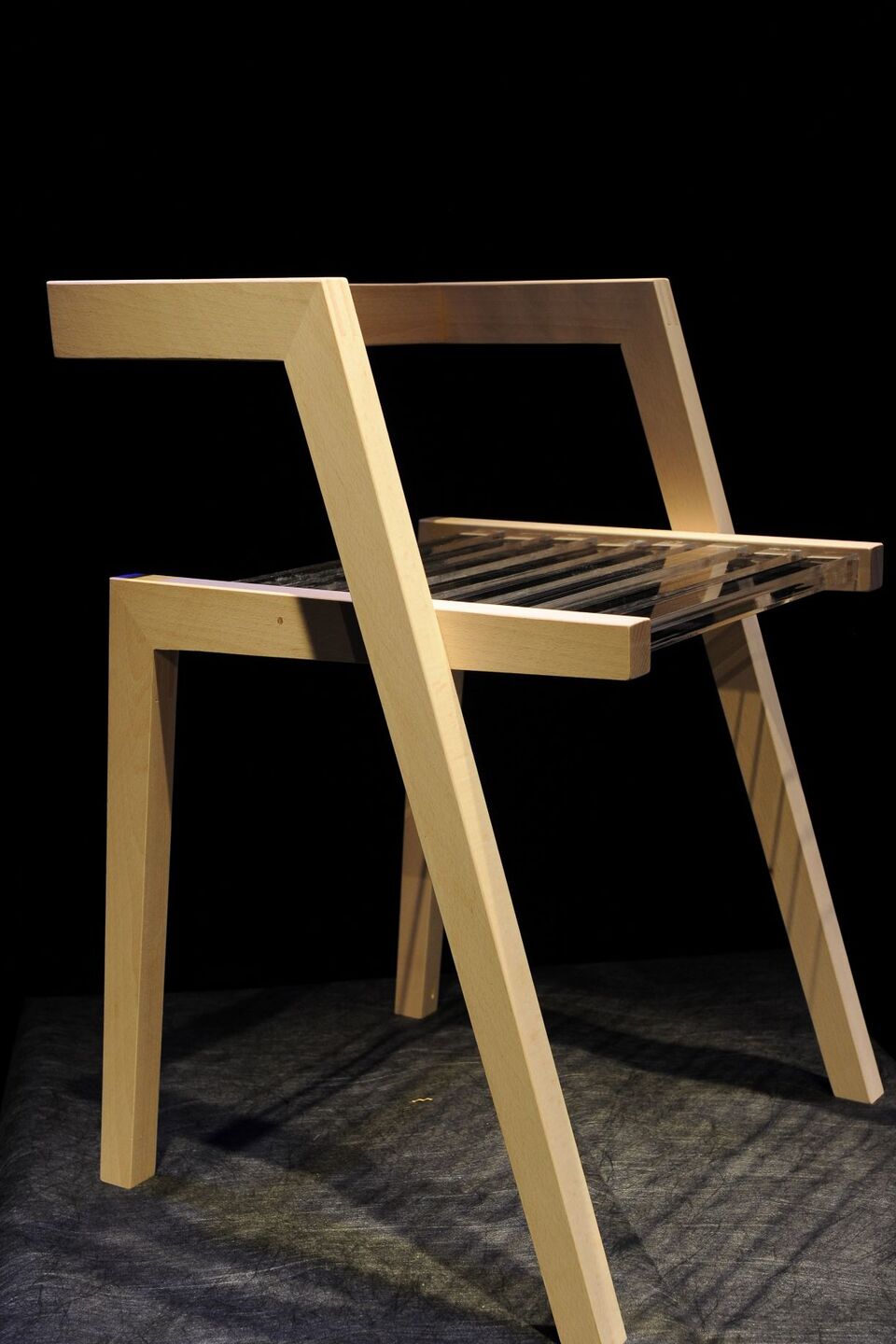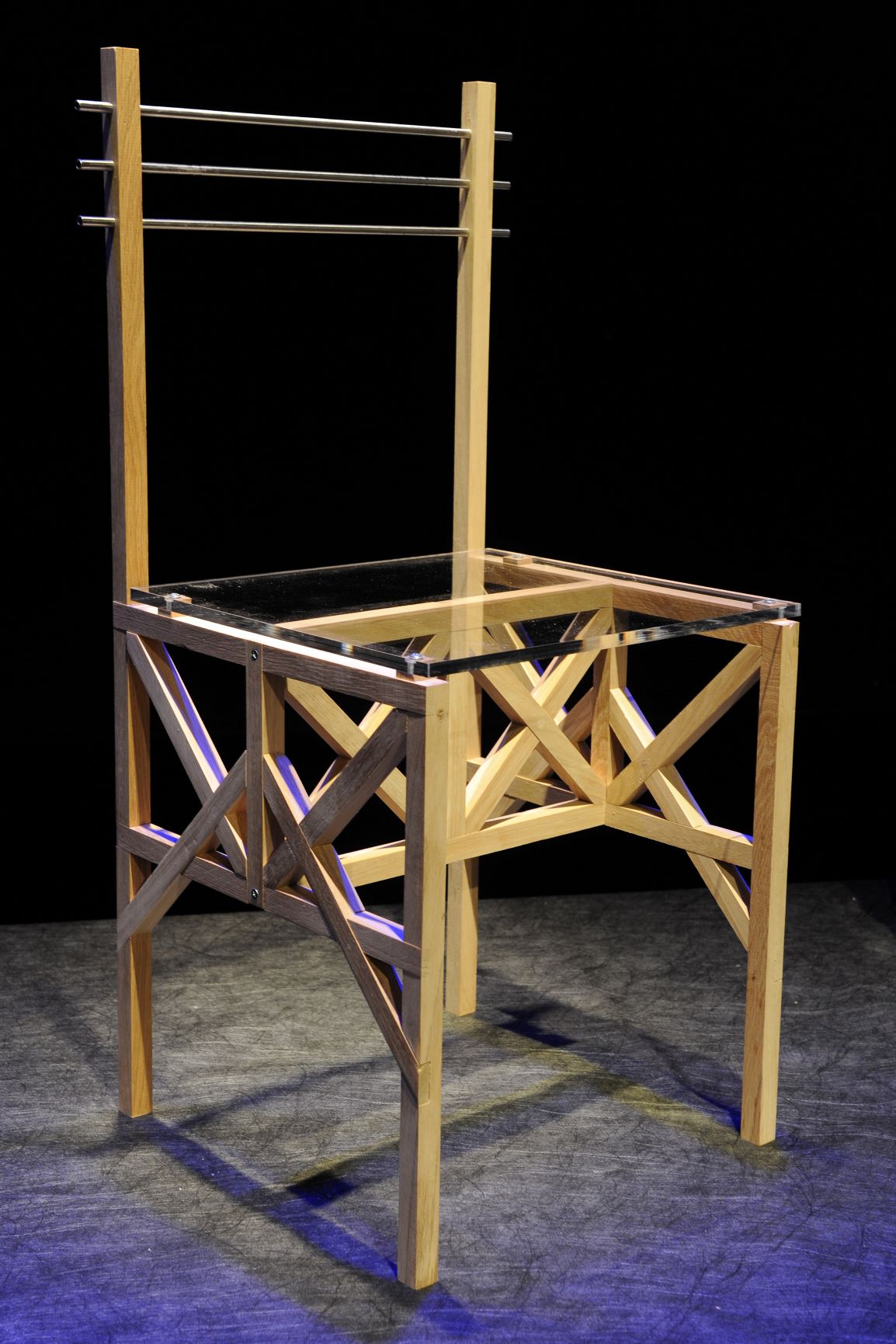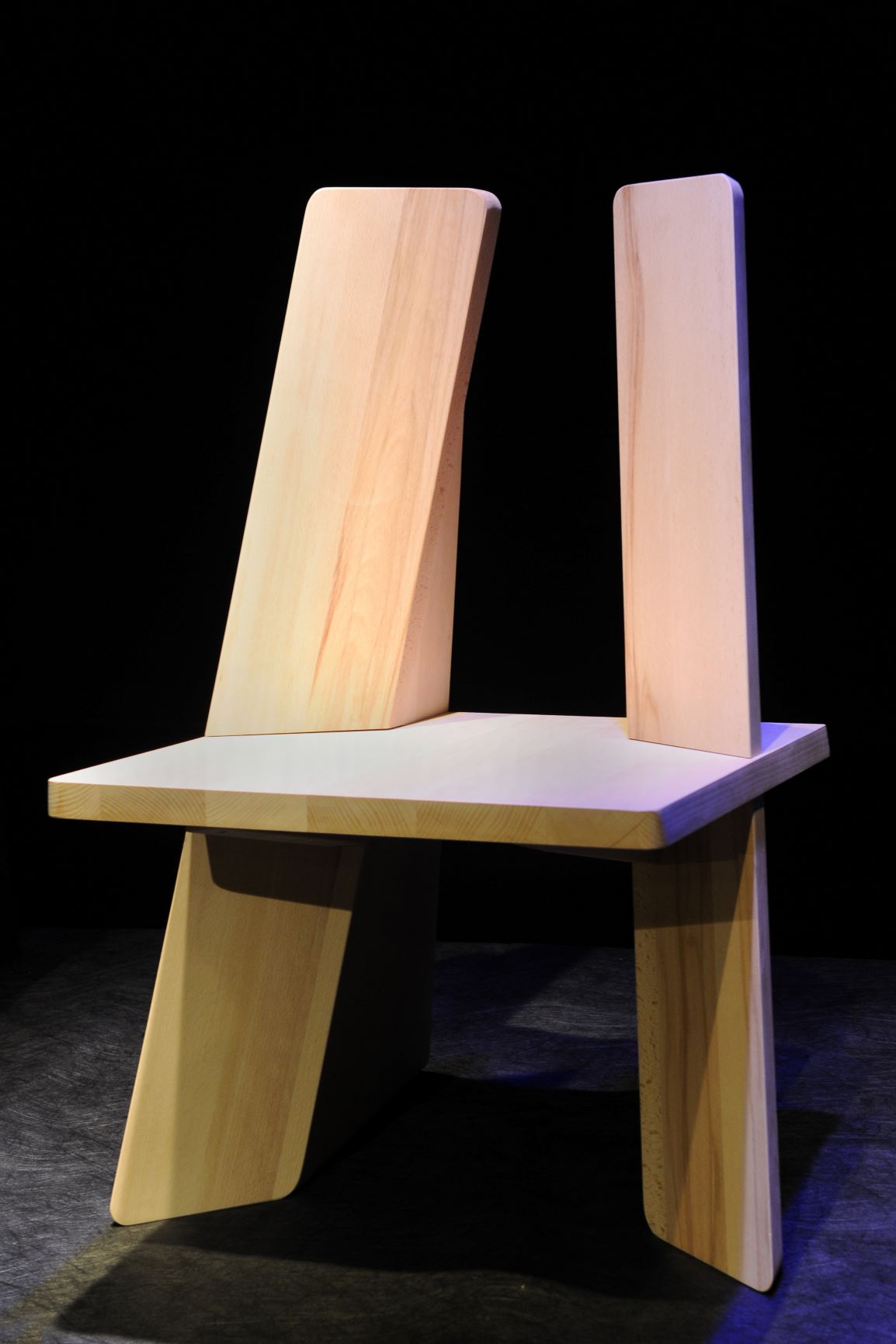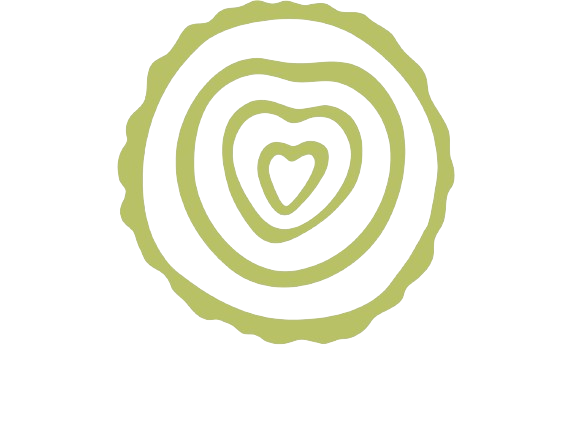PRIMAL CHAIR- 2020

1st PLACE: AMADEJ BEZOVŠEK, PRAMOD CHAIR, SLOVENIA
The chair is designed as a blend of traditional and modern materials. With this in mind, I also chose the name PRAMOD(ern) CHAIR. I approached the design with the intention of creating a modern chair with a streamlined construction that consists only of the essential elements necessary for existence. When I arrived at the final shape, I realized that two sections of the chair were remarkably similar in shape, differing only in dimensions. The first section consists of the front legs, armrests, and backrest. The second section comprises the sides of the seat, rear legs, and connector between the legs. Upon realizing this, I decided that the seat should not stand out and detract attention from the construction. Therefore, the chair is composed of two materials: the frame is made of solid oak wood, finished with a technique of oiling. The seat consists of eight rods made of epoxy resin, which is transparent. Epoxy resin has been appearing in unique furniture pieces for some years now, but (in my opinion) rarely in an interesting and intelligent way. Therefore, it was crucial for me that its use had significance and that, in combination with wood, it served it rather than dominated it. By being unobtrusive, it allows us to see the beauty of the wood even more clearly.

2nd PLACE: GAŠPER FABIJAN, KOZOLEC, SLOVENIA
The image of a copperplate on the cover of Laugier's Essays, depicting a primitive hut, is likely unfamiliar to many. Four tree trunks, with a roof structure of branches between them - a pre-construction that speaks not only of the idealized beginnings of building but also of the importance of harmony between humans and nature. In our region, there exists a unique monument to such primitive architecture - the hayrack. "The hayrack is a culture that defines the landscape of Slovenia the most; over time, it has become part of this landscape, like trees and fields, as if it had always been there." Stele, 1955. People recognize the invaluable heritage in hayracks, but regardless, it has lost its true role forever. Perhaps the time has come to transfer the idea of the hayrack, about the primal harmony between humans and nature and the quality use of wood, to other products. Let's start with a chair. The chair consistently references the construction of the "toplar," made of wooden sticks that are interconnected by notching and mortising as in hayracks. The "rafters" and "beam" provide shelter for the chair, with additional rigidity provided by a seat made of acrylic glass, allowing an unobstructed view of the magnificent construction of the chair. Just as the year of construction is engraved on hayracks, the year of manufacture is also marked on the chair. The ends of three metal crossbars are painted in the color of the year chosen by the Pantone Institute. As a tribute to the Kočevje Forest, spruce wood is used, while smoked oak is used for the darker version. Oak is, after all, the most common construction material for hayracks.

3rd PLACE: ANDRAŽ RUDI VRHOVŠEK, HASHTAG, SLOVENIA
The reclining chair Hashtag draws inspiration from wood in its purest (industrialized) state, flat wooden boards. Boards with constant thickness allow the preservation and highlighting of the beautiful texture and structural capabilities of wood. Because of this and its almost architectural construction, the design looks like a monolithic structure. Hashtag, in its design, refers to classic loungers and recliners, such as the Adirondack chair by Thomas Lee from 1905. The design pays homage to Lee's chair by using a single 3-meter-long piece of wood to make the main pieces. In doing so, we respect the forest and the material it provides us.

SPECIAL MENTION: BÁLINT SZALA, CLOSER, HUNGARY
The furniture is a bench for a man and a half, combining two farmhouse chairs. It was inspired by close seating, which can create a suitable atmosphere for social gatherings and nurturing our personal relationships. If couples or adults with children want to sit down, they should truly come closer both figuratively and literally. The traditional approach is being transferred into our current culture with authentic forms. The Closer chair reflects the appearance of traditional furniture, more precisely the simple, clean lines of farmhouse chairs. The chair elegantly balances design, folk art, and fine art.
